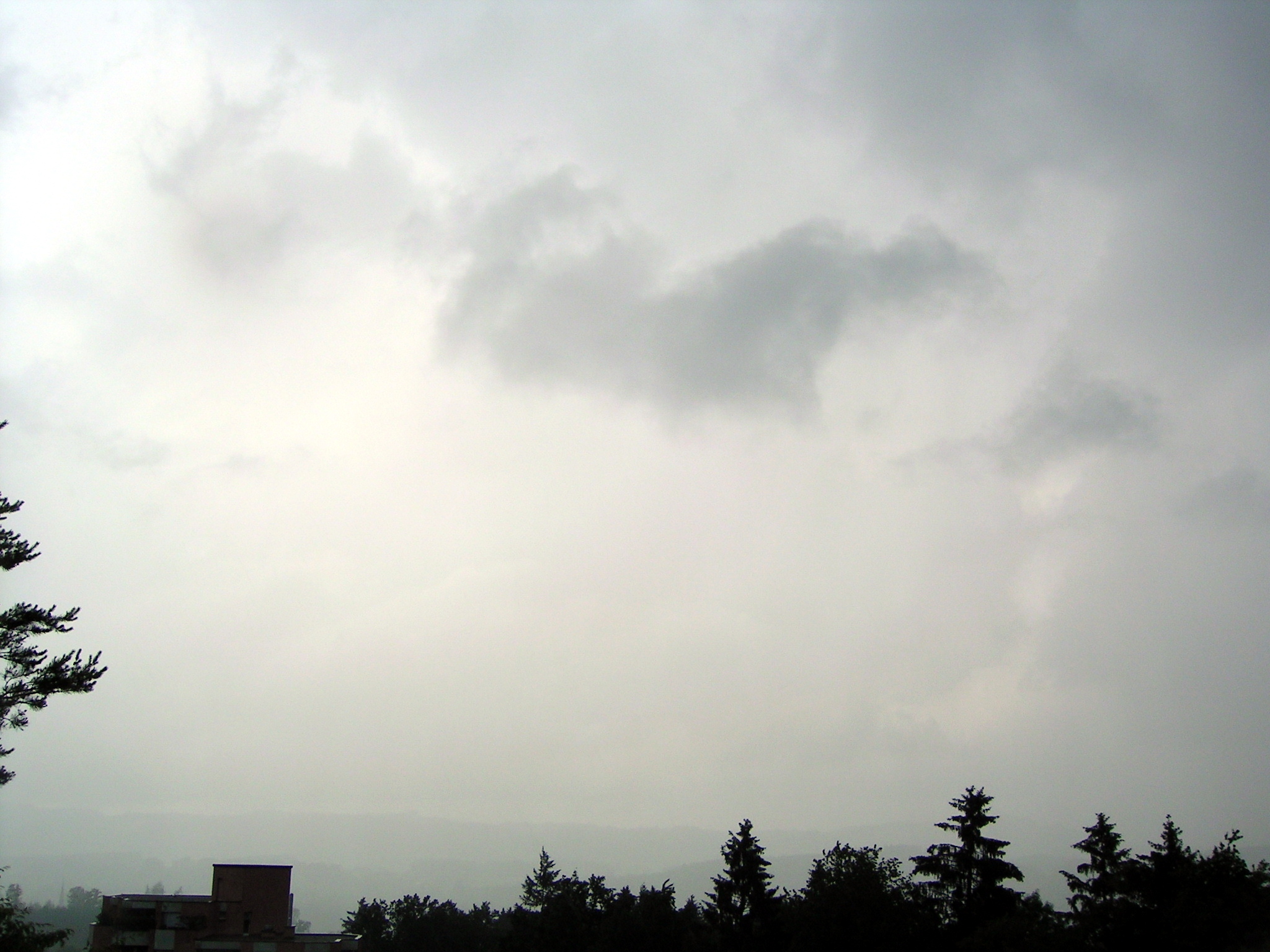Fractus Cloud on:
[Wikipedia]
[Google]
[Amazon]
 Fractus clouds, also called fractostratus or fractocumulus, are small, ragged
Fractus clouds, also called fractostratus or fractocumulus, are small, ragged
 Fractus are accessory clouds, named for the type of cloud from which they were sheared. The two principal forms are cumulus fractus (formerly, fractocumulus) and stratus fractus (formerly, fractostratus). Fractus clouds may develop into cumulus if the ground heats enough to start
Fractus are accessory clouds, named for the type of cloud from which they were sheared. The two principal forms are cumulus fractus (formerly, fractocumulus) and stratus fractus (formerly, fractostratus). Fractus clouds may develop into cumulus if the ground heats enough to start NOAA Cloud Types
- NOAA Chart of Different Cloud Types. Observing fractus gives an indication of wind movements under the parent cloud. Masses of multiple fractus clouds, located under a main cloud, are called pannus or scud clouds. Fractonimbus is a form of stratus fractus, developing under precipitation clouds due to turbulent air movement. They are dark-gray and ragged in appearance. Fractonimbus exist only under precipitation clouds (such as nimbostratus, altostratus or cumulonimbus), and don't produce precipitation themselves. Fractonimbus may eventually merge completely with overlying nimbostratus clouds. Stratus silvagenitus clouds also commonly form as scattered stratus fractus silvagenitus. These clouds can be seen as the occasional ragged tuft of cloud seeming to rise from forests, commonly just after rain or during other periods of high humidity.
 In rainstorms, scud often forms in the
In rainstorms, scud often forms in the
 Fractus clouds, also called fractostratus or fractocumulus, are small, ragged
Fractus clouds, also called fractostratus or fractocumulus, are small, ragged cloud
In meteorology, a cloud is an aerosol consisting of a visible mass of miniature liquid droplets, frozen crystals, or other particles, suspended in the atmosphere of a planetary body or similar space. Water or various other chemicals may ...
fragments that are usually found under an ambient cloud base. They form or have broken off from a larger cloud, and are generally sheared by strong wind
Wind is the natural movement of atmosphere of Earth, air or other gases relative to a planetary surface, planet's surface. Winds occur on a range of scales, from thunderstorm flows lasting tens of minutes, to local breezes generated by heatin ...
s, giving them a jagged, shredded appearance. Fractus have irregular patterns, appearing much like torn pieces of cotton candy. They change constantly, often forming and dissipating rapidly. They do not have clearly defined bases. Sometimes they are persistent and form very near the surface. Common kinds include and .
Forms
 Fractus are accessory clouds, named for the type of cloud from which they were sheared. The two principal forms are cumulus fractus (formerly, fractocumulus) and stratus fractus (formerly, fractostratus). Fractus clouds may develop into cumulus if the ground heats enough to start
Fractus are accessory clouds, named for the type of cloud from which they were sheared. The two principal forms are cumulus fractus (formerly, fractocumulus) and stratus fractus (formerly, fractostratus). Fractus clouds may develop into cumulus if the ground heats enough to start convection
Convection is single or Multiphase flow, multiphase fluid flow that occurs Spontaneous process, spontaneously through the combined effects of material property heterogeneity and body forces on a fluid, most commonly density and gravity (see buoy ...
. Stratus fractus is distinguishable from cumulus fractus by its smaller vertical extent, darker color, and the greater dispersion of its particles.
Cumulus fractus clouds actually look like ragged cumulus clouds. They may originate from dissipated cumulus clouds, appearing in this case as white ragged clouds located at significant distances from each other. Cumulus fractus in particular form on the leading and trailing edges of summer storms in warm and humid conditions.- NOAA Chart of Different Cloud Types. Observing fractus gives an indication of wind movements under the parent cloud. Masses of multiple fractus clouds, located under a main cloud, are called pannus or scud clouds. Fractonimbus is a form of stratus fractus, developing under precipitation clouds due to turbulent air movement. They are dark-gray and ragged in appearance. Fractonimbus exist only under precipitation clouds (such as nimbostratus, altostratus or cumulonimbus), and don't produce precipitation themselves. Fractonimbus may eventually merge completely with overlying nimbostratus clouds. Stratus silvagenitus clouds also commonly form as scattered stratus fractus silvagenitus. These clouds can be seen as the occasional ragged tuft of cloud seeming to rise from forests, commonly just after rain or during other periods of high humidity.
Significance in thunderstorms
 In rainstorms, scud often forms in the
In rainstorms, scud often forms in the updraft
In meteorology, an updraft (British English: ''up-draught'') is a small-scale air current, current of rising air, often within a cloud.
Overview
Vertical drafts, known as updrafts or downdrafts, are localized regions of warm or cool air that mov ...
area where the air has been cooled by precipitation from the downdraft, thus condensation occurs below the ambient cloud deck. If the scud is rising and moving towards the main updraft, sometimes marked by a rain-free base (RFB) or wall cloud, then the thunderstorm is still developing from the rising scud.
In addition to forming in inflow, fractus also forms in the outflow. Scud are very common on the leading edge of a thunderstorm where warm, moist air is lifted by the gust front. Scud are usually found under shelf clouds.
See also
* List of cloud typesReferences
{{Cloud types Accessory clouds